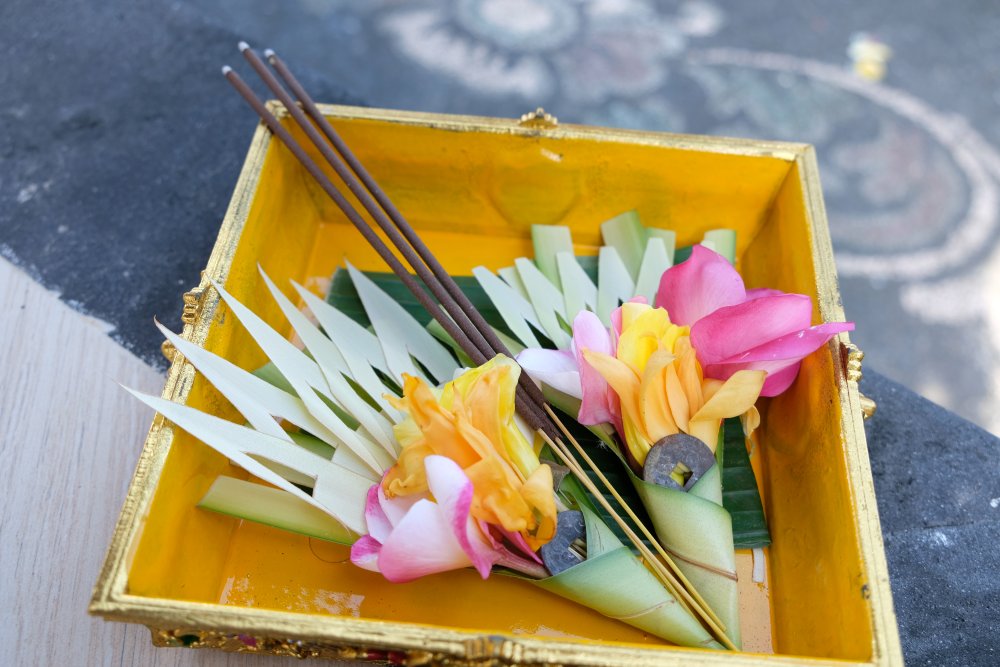
Kwangen: Bali’s Fragrant Offering
Balinese people are known for their meticulous attention to detail in their worship practices. There is a ceremony for so many aspects of life in Bali, and each ceremony will have very specific requirements. This is particularly true when it comes to certain rites and offerings, all must be executed with precision, all items present!
The Art of Writing on Lontar
Long before paper was considered a common writing medium, the ancient Balinese had a rather unique way to preserve their knowledge. They wrote on palm-leaf manuscripts, known locally as lontar. Nowadays, however, this unique form of writing has faced erosion. This is where Museum Pustaka Lontar (‘Lontar Library Museum’) emerges as a guardian, storing and
The Secret Curse of Kapal: Bali’s Brickless Village
Located in Mengwi, Badung Regency, is the idyllic village of Kapal. Here, unlike the typical Balinese structures using red bricks and teakwood, buildings in Kapal embrace a different aesthetic. There are no signs of the typical Balinese style here, and it’s all connected to the ominous myths surrounding these materials. The prohibition against using red



